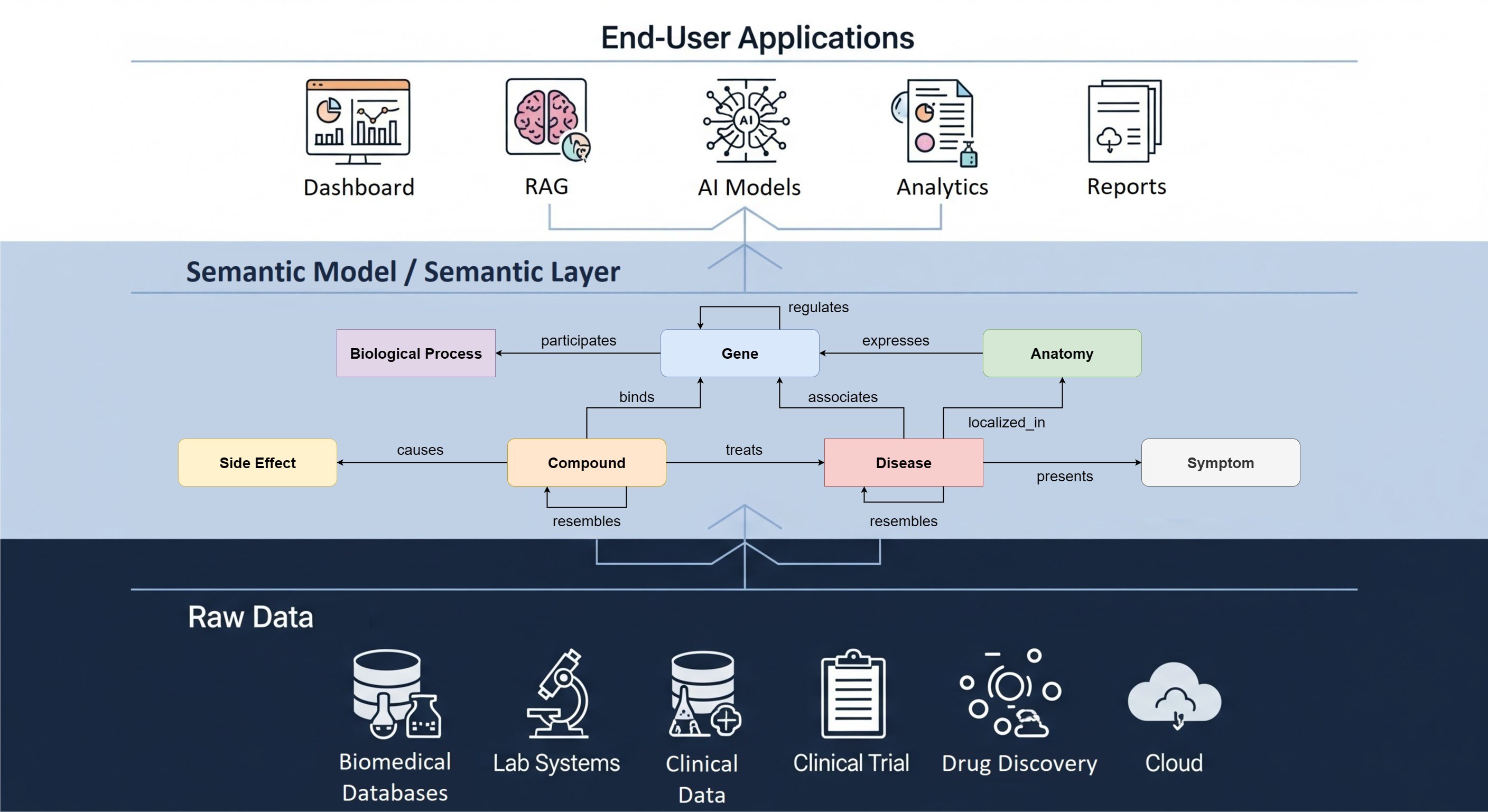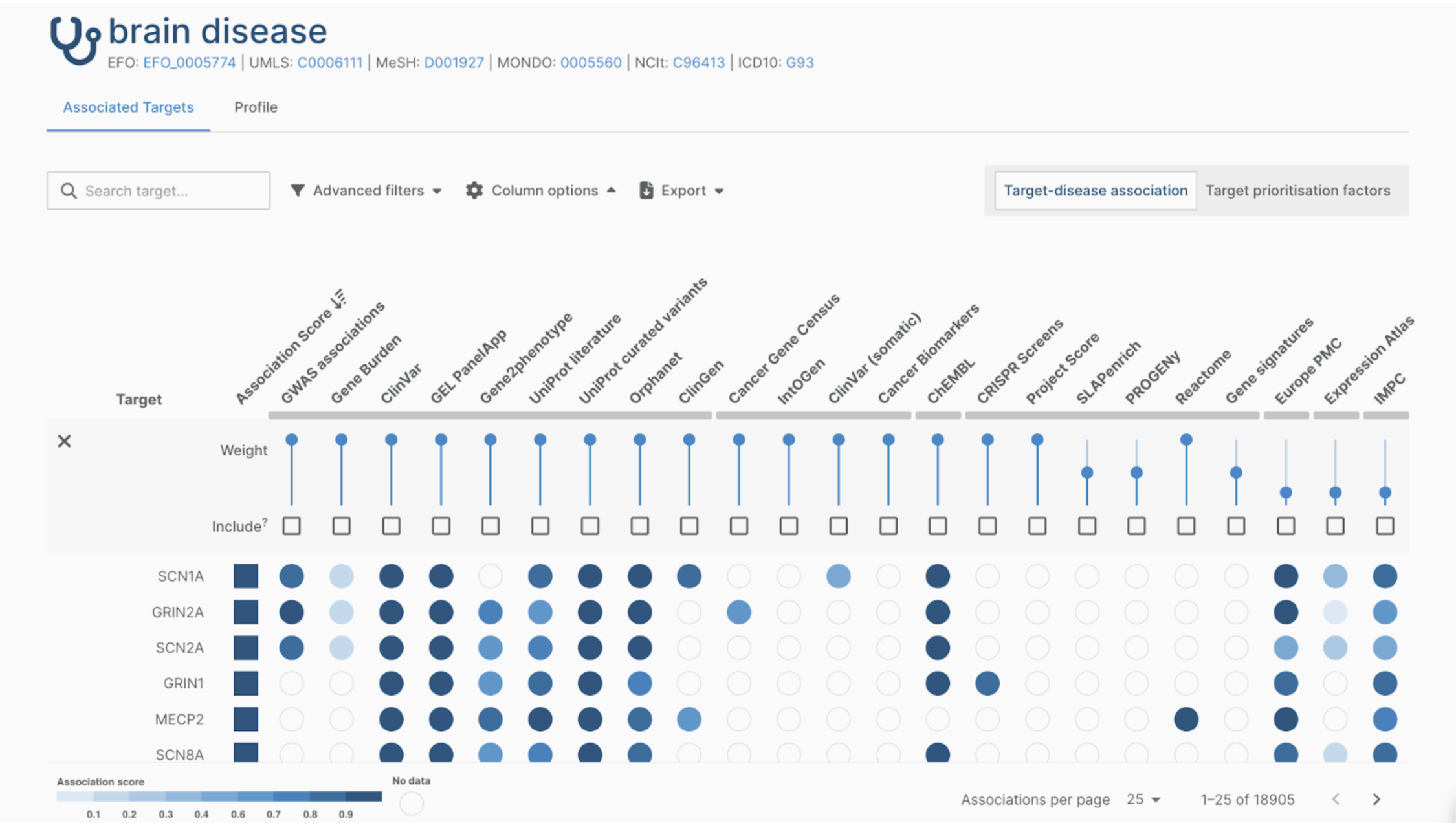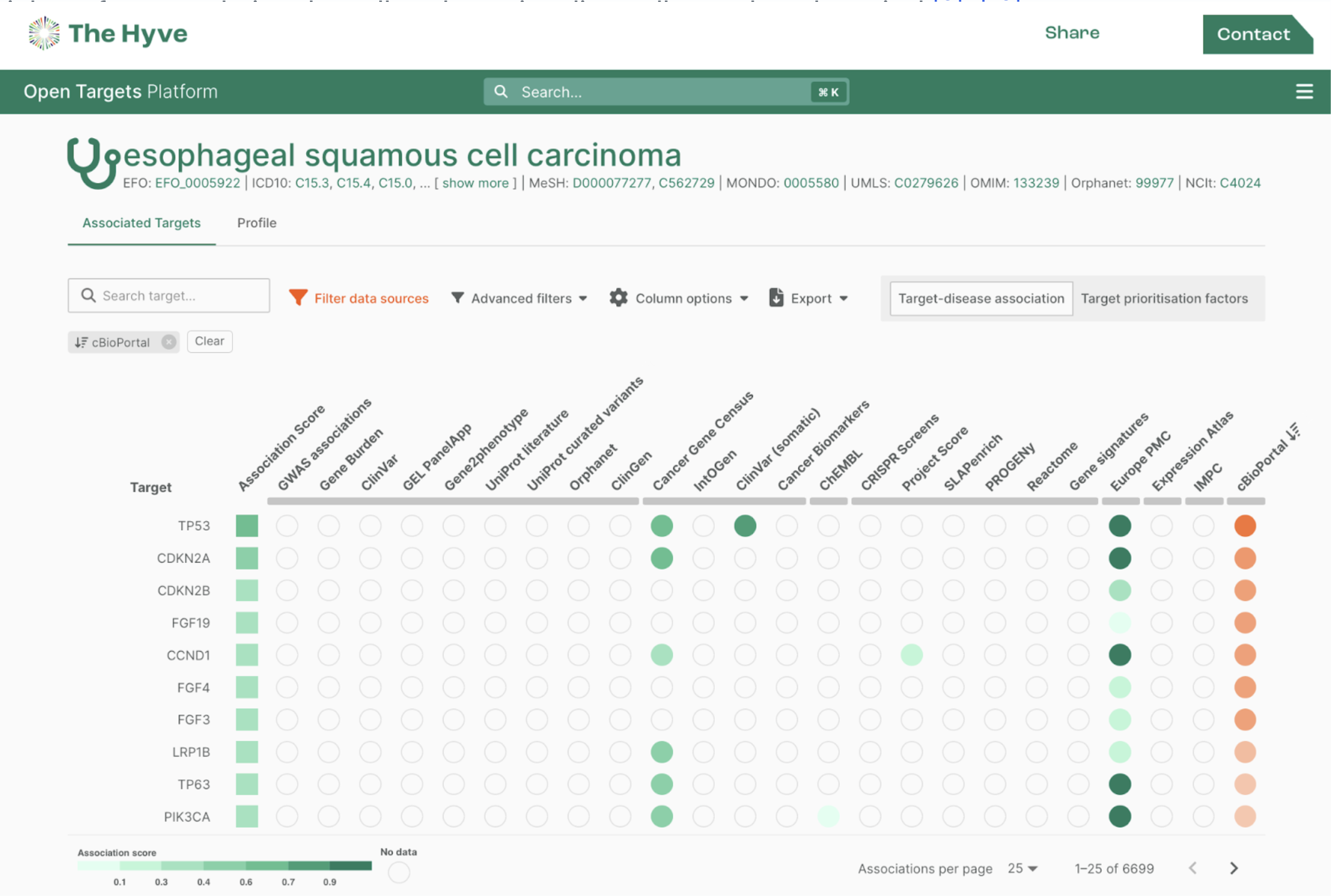Bio-IT World 2020 took place last week. Virtually, for the first time ever! For an event that’s traditionally defined by a large exhibit hall and people catching up face to face, this was obviously a sweeping change… But despite this, the meeting still felt like “Bio-IT” and there was a lot of interaction via the virtual Pathable platform. The Hyve’s colleagues actively participated in the presentations and panel discussions around FAIR, data strategy and open science.
Data lakes and FAIR
In the Data Science and Analytics Technologies track, many of the discussions revolved around how organizations can scale up a data science and machine learning team. The most mentioned bottleneck for this transformation was not technology or infrastructure, but people and culture: data science requires new skills and a multidisciplinary focus where communication and bridging gaps is at least as important as a firm understanding of the science and technology. However, perhaps the biggest issue at the moment is the lack of sufficient interoperable and reusable data, ready to be used for analytics and decision support. Our founder, Kees van Bochove, highlighted this in his talk on FAIR and the (tr)end of data lakes, which you can view below:


